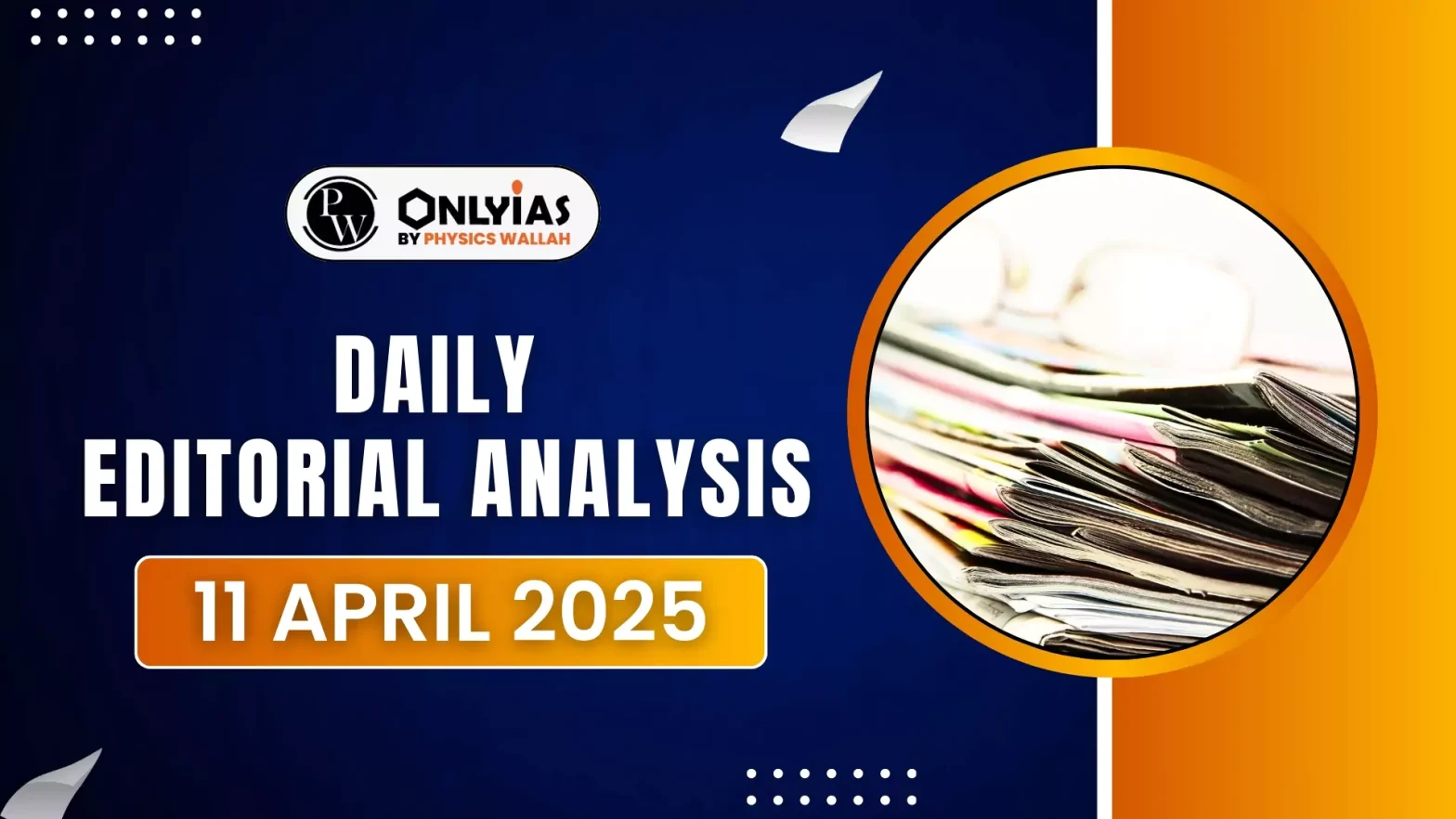The Delimitation Commission debate in India has gained renewed attention ahead of the 2026 freeze deadline
Constitutional Provisions
- Legal Basis: Delimitation is enshrined in Articles 82 and 170 of the Constitution of India. These mandate that seat allocation in the Lok Sabha and Vidhan Sabhas be adjusted after each Census.
- Deferred Process: Although the Constitution originally called for delimitation after every Census, the 42nd Amendment and later amendments deferred this process until 2026. Hence, the next Census will be the basis for future delimitation exercises.
- Growing Tensions: The issue has sparked serious debate and unusual reactions. While some have raised legitimate constitutional concerns, others have responded with extreme suggestions like urging population increase to avoid being outnumbered.
Challenges associated with Delimitation
- Political Arguments: Ironically, groups that once accused the government of violating the Constitution are now urging it to delay implementing its very provisions.
- Southern States’ Concerns: There is apprehension in southern States over the potential impact of delimitation based on the upcoming Census. While evidence may not support fears of drastic shifts, the concerns remain valid and should not be dismissed lightly.
- Conflicting Principles: A mathematical approach to delimitation, based solely on population, would favor States with higher population growth, raising a fundamental question:
- Should one constitutional principle (population proportionality) be allowed to undermine another (federal balance)?
Historical Trends and Seat Distribution Changes
- Initial Changes: In the first general election (1951–52), the Lok Sabha had 489 seats, which increased to 494 in 1957, and then to 520 in 1967 based on the 1961 Census; this phase saw 31 seats added and 5 seats reduced.
- State-Wise Adjustments: During the adjustments, Andhra Pradesh saw a reduction from 43 to 41 seats, Madras from 41 to 39, and Uttar Pradesh from 86 to 85.
- States that gained seats: Assam, Maharashtra, Gujarat, Kerala, Mysore, Rajasthan, West Bengal, Delhi, Himachal Pradesh
- New states added: Haryana, Jammu & Kashmir, Nagaland, Andaman & Nicobar Islands, Chandigarh, Dadra & Nagar Haveli, Goa, Daman & Diu, Lakshadweep, Pondicherry
- Lok Sabha Composition Since 1971: In the 1971 election, 2 seats were reduced in Himachal Pradesh, making the total 518. By the 1977 election, 24 new seats were added, raising the total to 542.
- States gaining seats included Andhra Pradesh, Bihar, Maharashtra, Gujarat, Kerala, Madhya Pradesh, Karnataka (then Mysore), Orissa, Rajasthan, West Bengal, and Haryana.
- New entries like Sikkim, Arunachal Pradesh, Meghalaya, Mizoram also received representation.
- Present Status: Later, Daman and Diu were allotted a separate seat, taking the Lok Sabha strength to 543, a number that has remained constant since the 1971 Census.
- Growth in Representation vs. Population: Although the number of seats in the Lok Sabha and Vidhan Sabhas increased between 1951 and 2004, no ideal population-per-seat ratio was prescribed.
- The average population per Lok Sabha seat rose from 7.32 lakh in 1951, to 8.70 lakh in 1967, 10.10 lakh in 1977, and reached 27 lakh in 2024.
- Elector Disparity: Vidhan Sabha representation increased from 3,283 seats in 1951–52 to 4,123 seats in 2024, tripling the average population per seat.
- As of 2024, with 98 crore electors, each MP on average represents 18 lakh electors, ranging from 57,760 in Lakshadweep to 29.5 lakh in Malkajgiri.
Limitations of Population-Based Representation
- Factors Influencing Seat Allocation: Though population was chosen as the simplest and most neutral criterion for representation replacing earlier qualifications like religion and education other concerns such as geographical contiguity and political boundaries have also influenced seat allocation.
- Revisions by Finance Commission: While population has traditionally been the core basis for representation, the Finance Commission revises its formula every five years based on changing realities, regional aspirations, and national priorities.
- Hence, delimitation too could adopt such flexibility to maintain federal balance and avoid regional injustices.
- Constituency Size and Representation: The size of a constituency does not alter an elected representative’s role in law-making, raising questions, or participating in committees, and there is no empirical evidence to suggest that smaller constituencies are better served.
- Did citizens in Haryana’s 10th constituency (created in 1977) or Daman and Diu benefit more from representation and in Haryana, does Narnaul with 1.6 lakh voters receive better service than Badshahpur with 5.2 lakh voters, simply due to its smaller size?
Way Forward
- Strengthening Local Governance: Citizens rarely rely on MPs/MLAs for day-to-day governance. Empowering the third tier (local bodies) could improve democratic delivery and be a more effective alternative to constantly demanding new seats.
- Population Control :The central government promoted population control as a national policy. Using population as the sole basis for seat allocation now penalises States that succeeded in implementing this policy.
- No other public policy’s positive outcome is similarly used to the detriment of the performer.
- Population Deflator: To address the imbalance in representation, a deflator mechanism could be introduced to moderate the benefit derived from higher population just as real GDP is calculated by adjusting nominal GDP for inflation, seat allocation could similarly be adjusted for population growth using a relevant factor.
- Using TFR: Based on the 1977 average of 10.10 lakh per seat, the 2024 estimated population would suggest around 1,440 Lok Sabha seats. If this is divided by the national TFR, the number may reduce to approximately 680 seats.
- State-Level Application: Since State-wise TFR data is available, this adjustment formula can be applied individually to States. A more sophisticated method can be developed by experts for fairer outcomes.
- Constitutional Debate: If Parliament can debate constitutional changes for mere managerial efficiency in elections, It can also deliberate on structural imbalances caused by population-based delimitation.
Conclusion
A thoughtful national discussion is required to ensure that federal balance is not undermined in the pursuit of mathematical uniformity. The goal should be equitable representation, not just numerical parity.
![]() 11 Apr 2025
11 Apr 2025

